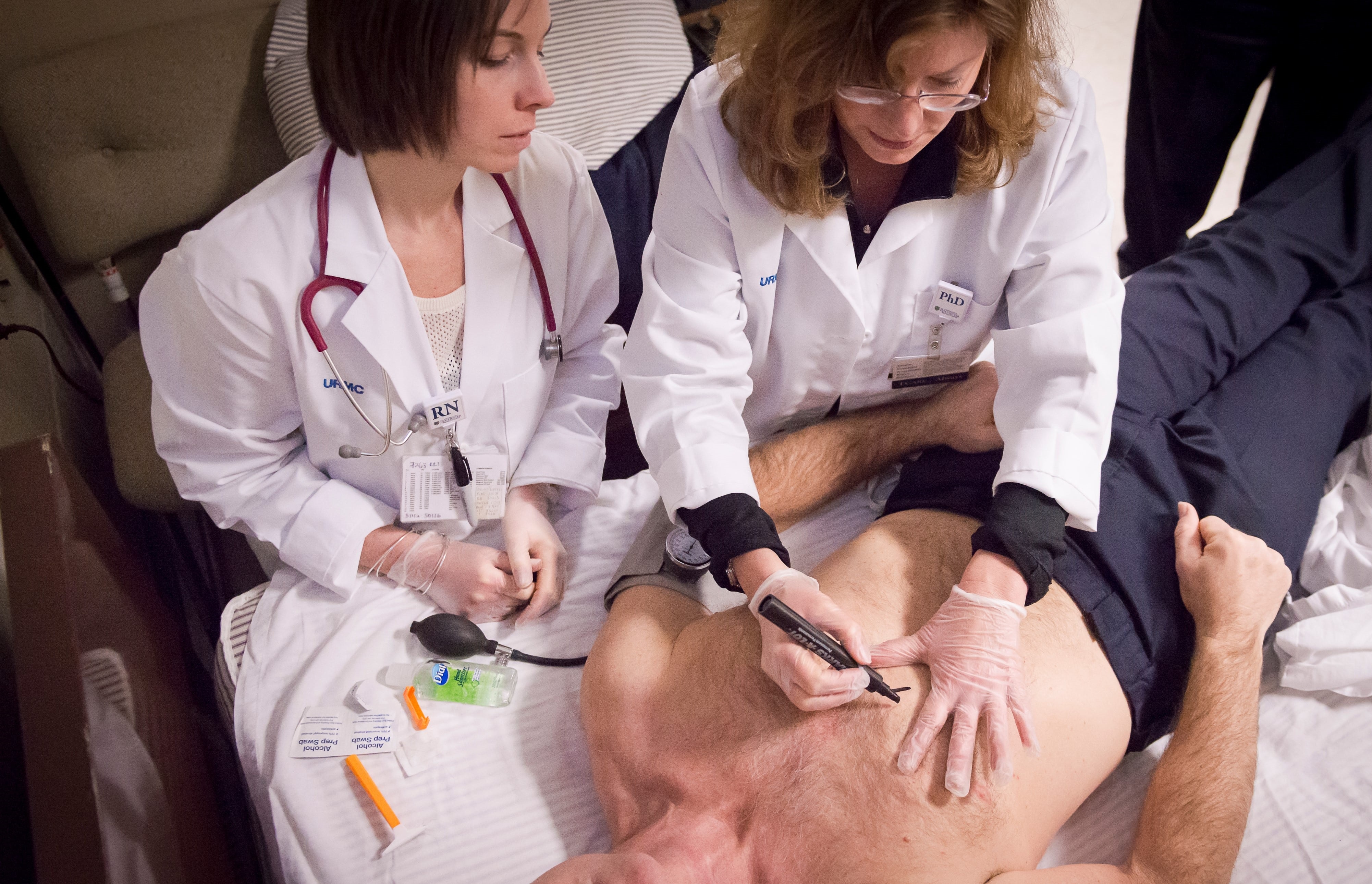2023-07-10 バーミンガム大学
◆研究者たちは、タンパク質スキャフォールド内の酸素供与原子に結合した非生物学的な銅サイトを作成した後、PNASにその結果を発表しました。新しい構造は、MRIスキャン中にプロトンの弛緩時間を影響させるコントラスト剤の効果的なレベルを示しました。
<関連情報>
- https://www.birmingham.ac.uk/news/2023/copper-could-help-create-clearer-mri-images-and-improved-diagnosis
- https://www.pnas.org/doi/10.1073/pnas.2219036120
MRI造影剤用銅の有望な未来を示唆する、とらえどころのないタンパク質性酸素供与体銅部位の設計 Design of the elusive proteinaceous oxygen donor copper site suggests a promising future for copper for MRI contrast agents
Anokhi Shah , Michael J. Taylor, Giulia Molinaro , Sellamuthu Anbu, Margaux Verdu, Lucy Jennings , Iuliia Mikulska, Sofia Diaz-Moreno , Hassane EL Mkami , Graham M. Smith, Melanie M. Britton, Janet E. Lovett , and Anna F. A. Peacock
Proceedings of the National Academy of Sciences Published:June 26, 2023
DOI:https://doi.org/10.1073/pnas.2219036120

Significance
Metal ions perform many essential roles in biology, with copper being a metal that nature has chosen to use extensively. Using a miniature artificial protein design strategy, it has been possible to prepare a new-to-biology copper–binding site, one which we were surprised to find is absent in nature. The resulting copper site has been shown to display real potential for use in MRI contrast agents, thereby challenging the existing dogma that copper is unsuitable for use in MRI. This example showcases that designing abiological metal ion sites is a powerful approach for accessing new tools or agents for applications beyond the repertoire of biology.
Abstract
We report the preparation and spectroscopic characterization of a highly elusive copper site bound exclusively to oxygen donor atoms within a protein scaffold. Despite copper generally being considered unsuitable for use in MRI contrast agents, which in the clinic are largely Gd(III) based, the designed copper coiled coil displays relaxivity values equal to, or superior than, those of the Gd(III) analog at clinical field strengths. The creation of this new-to-biology proteinaceous CuOx-binding site demonstrates the power of the de novo peptide design approach to access chemistry for abiological applications, such as for the development of MRI contrast agents.


